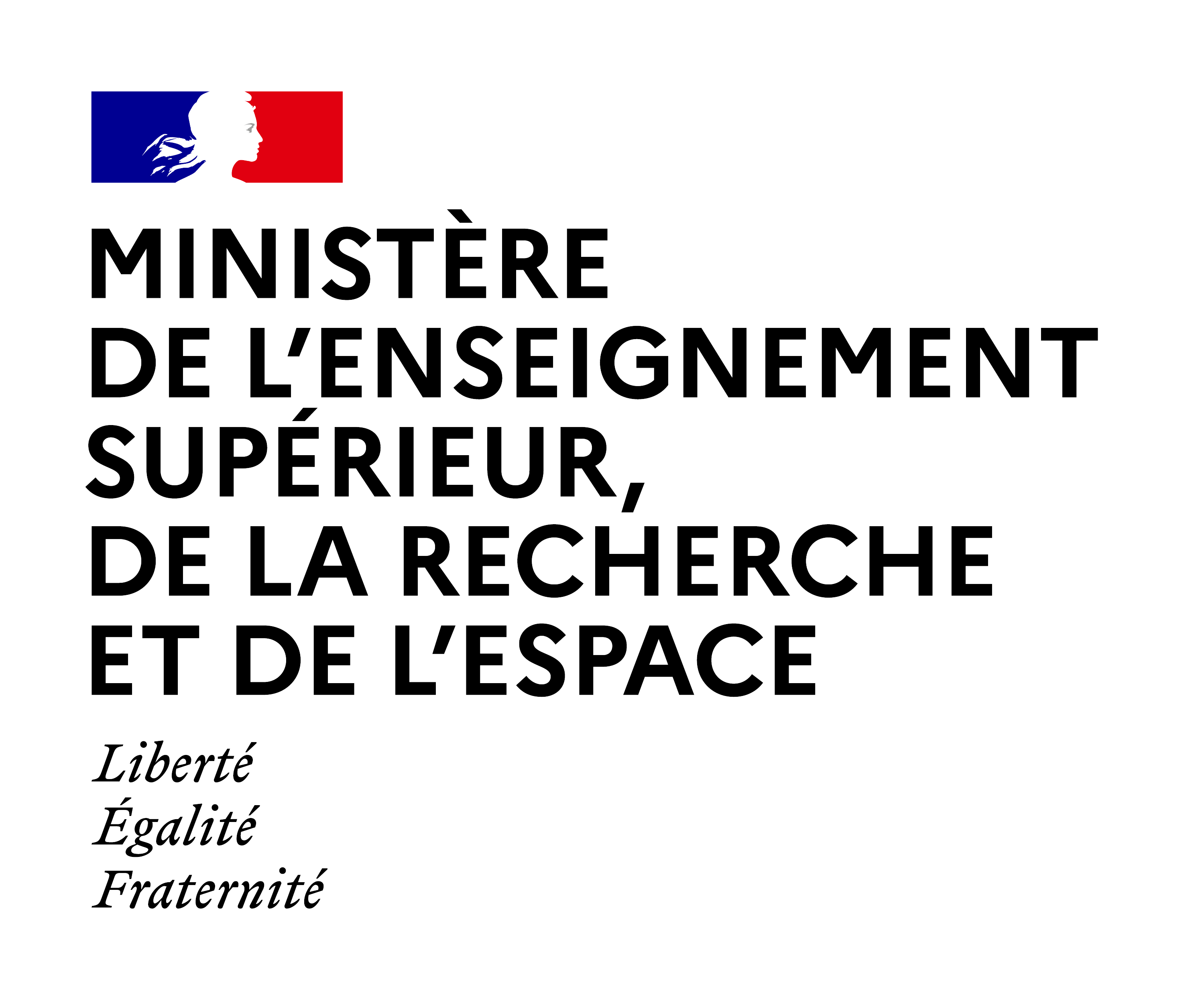Expected Outcome:
The Project stemming from this topic should address all the following work streams and is expected to provide the associated outcomes:
Work-stream 1: Technical harmonisation, roadmaps on industrialisation and applicability
This work-stream should enable towards harmonisation/interoperability of the hyperloop technologies using commonly identified definitions for operational, safety and reliability requirements. Hazard analysis should be performed while aiming to define a commonly agreed architecture design. This outcome should reflect a common view on the main hyperloop technology providers and promoters. The work is expected to be the basis for a future market uptake of the hyperloop technologies, in particular thanks to the development of an industrial roadmap, reflecting relevant parties such as developers, engineering and design & supply companies and operators, covering all steps and milestones needed for the technologies industrialisaiton and deployment.
Another expected outcome of this work-stream, the areas of possible application considering operational scenario, business case will be defined together with specific feasible routes in the European mobility network.
Work-stream 2: Design concept and validation of key sub-systems
The outcome of this work-stream is a blue print concept for 1:1 scale demonstrators based on commonly defined and agreed architecture and requirements. In addition, this work-stream should validate a proof or concept to carry out compatibility tests of the different subsystems for vehicle and or infrastructure from different solution providers.
Scope:
To successfully address the expected outcomes, the action to be funded under this topic should research, develop, and deliver upon all following research activities :
Work-stream 1: Technical harmonisation, roadmaps on industrialisation and applicability
The R&I work should focus on the:
- identification of use cases (e.g. freight/passengers/mixed operations on urban/intercity/long-haul/international connections) by assessing possible business cases and defining possible operating models. This should be done by taking into account the following: network effects, interoperability (cross-border in the EU) and integration with the EU multimodal mobility network (existing infrastructures like railways, ports, airports, and other emerging transportation systems like Maglev Derived Systems).
- the definition of an initial common system architecture and to identify functional, operational, and safety related requirements for the infrastructure and the vehicle, with insofar as possible performance and technical related elements. The interfaces between different subsystems (e.g. Command and Control, Infrastructure, Power Traction, Telecommunication systems) should also be defined, along with those elements necessary to obtain a network. This should be achieved building on existing work from the S2R funded project Hypernex[1] and standardisation work from JTC20, to support further harmonisation of different ultra-high speed guided transport systems based on vacuum tube applications.
- Carrying out preliminary Hazard Analysis based on identified operational requirements, taking into account operational processes and applicable safety standards from other modes such as rail and aviation, to ensure safe, reliable and efficient operations while striving towards interoperability.
- identification of an industrial roadmap for the finalisation of the necessary technical elements including system/subsystems qualifications and validations steps, to reach the commercial implementation of such technology at scale. The industrial roadmap could be expanded looking at the economic feasibility of possible lines being operated with hyperloop technology in Europe, maximising private investments, aiming at creating a network in synergies with other existing or expansion of transport network (e.g. highspeed rail network).
Work-stream 2: Design concept and validation of key sub-systems
The R&I work should focus on the:
- development of a design concept (TRL2) of a demonstrator for the complete hyperloop system (including all sub-systems at 1:1 scale in relevant environment) taking into account the current ongoing Hyperloop technical developments and the results of WS1 in order to assess the feasibility of the requirements set in WS1 and to set a standard for the future in the perspective of harmonisation and interoperability. The design concept of the demonstrator should be applicable in different sites.
- validation of existing technologies for key sub-systems taking into account the developed design concept, at least TRL4. This validation is considered as a proof of concept also to perform a compatibility checks between different existing or adapted solutions for infrastructure and/or vehicle.
An indicative scheduling of the deliverables is suggested below:
Outcomes under Work-stream 1 are expected by M15;
Outcomes under Work-stream 2 are expected by M24.
[1] Hypernex (D3.1) https://projects.shift2rail.org/s2r_ipX_n.aspx?p=S2R_HYPERNEX





